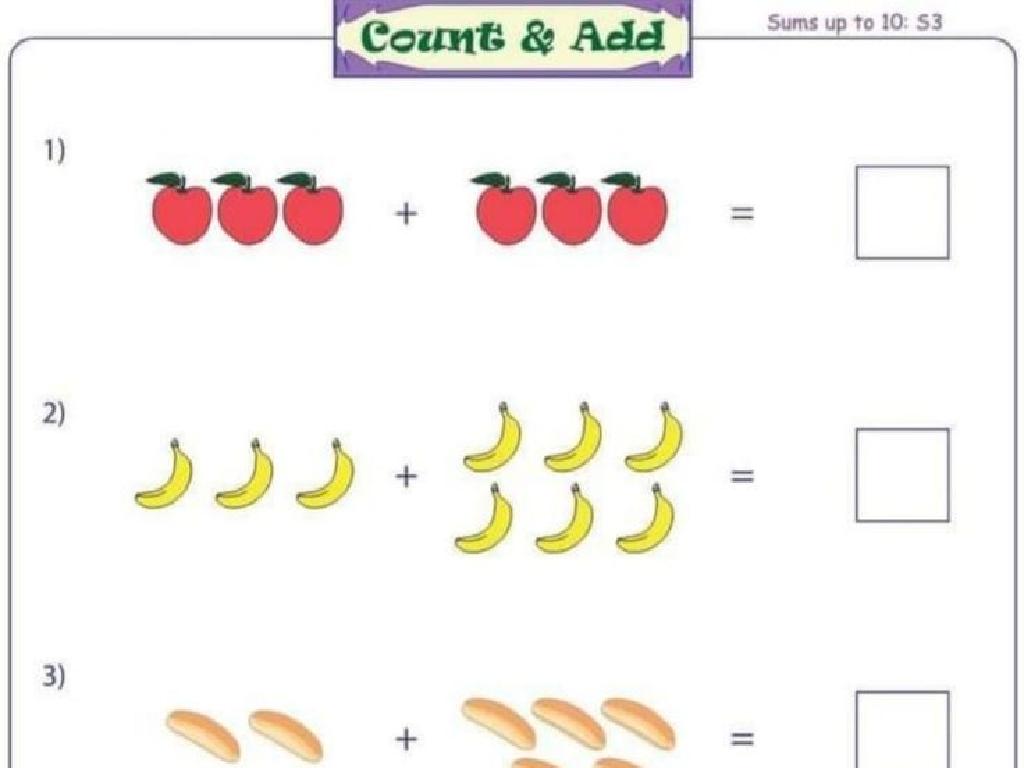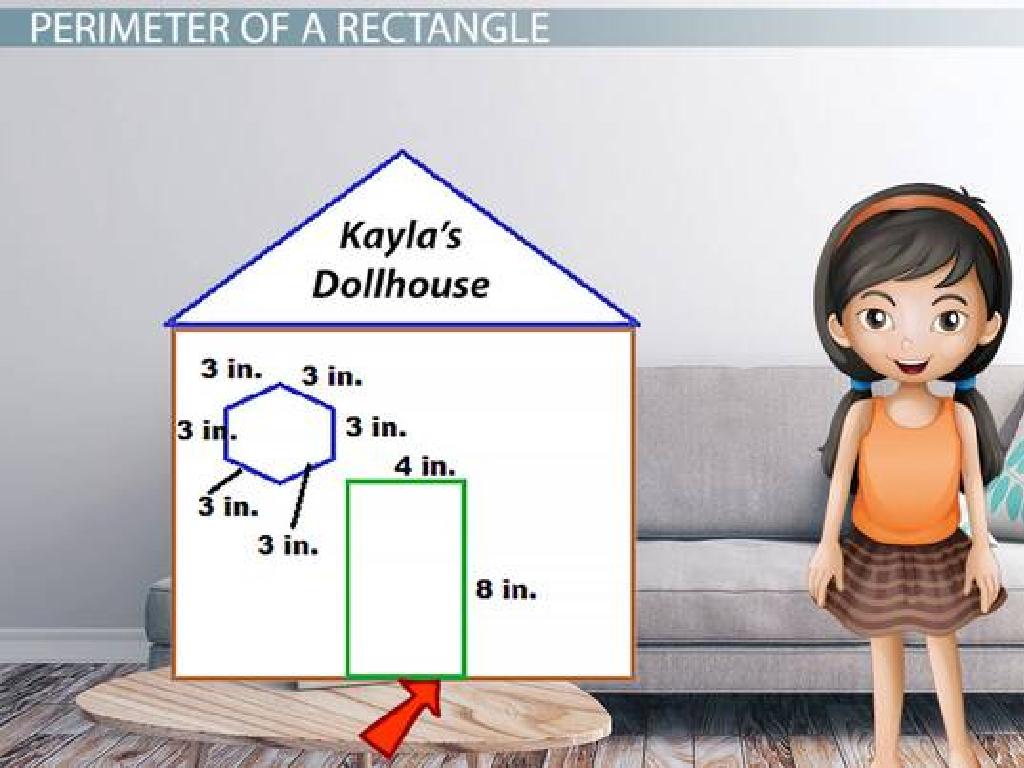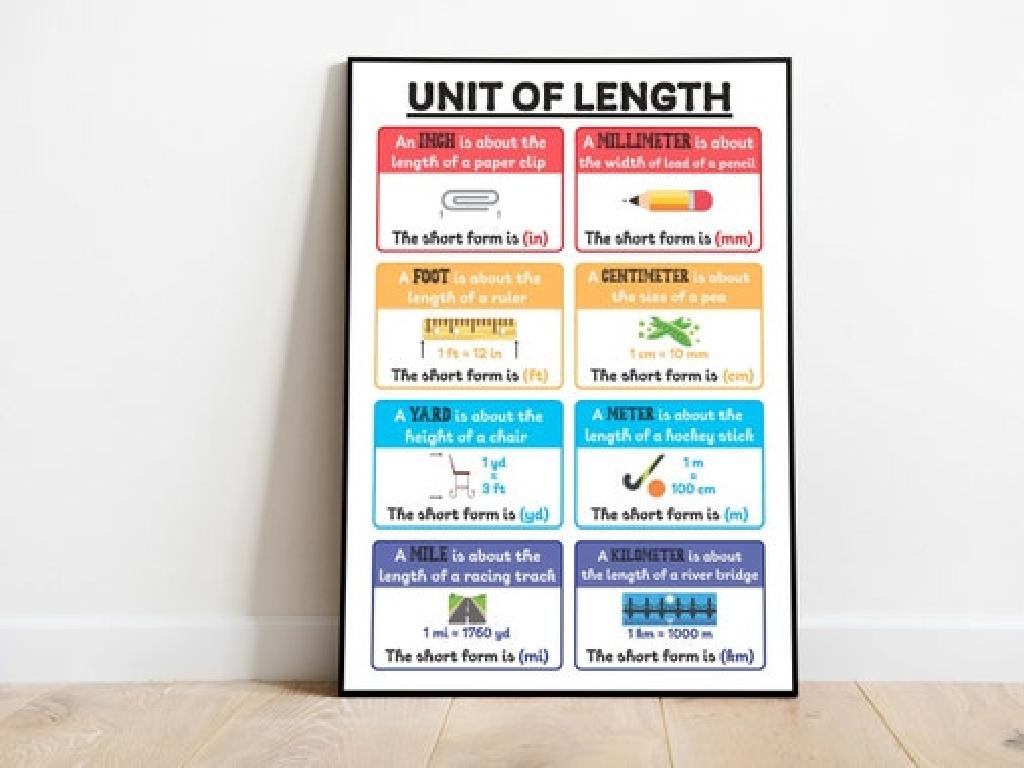Which Sentence Matches The Definition?
Subject: Language arts
Grade: Sixth grade
Topic: Homophones
Please LOG IN to download the presentation. Access is available to registered users only.
View More Content
Introduction to Homophones
– What are Homophones?
– Words that sound the same but have different meanings and spellings, e.g., ‘to, two, too’.
– Common homophones examples
– ‘Their’ vs. ‘there’, ‘break’ vs. ‘brake’.
– Homophones alter sentence meaning
– The wrong homophone can change what a sentence communicates.
– Practice identifying correct homophones
– We’ll match sentences with the right homophones in class.
|
This slide introduces the concept of homophones to the students, explaining that they are words that sound alike but have different meanings and spellings. Provide clear examples to illustrate the point. Emphasize the importance of context in determining the correct homophone to use in a sentence. Encourage students to think critically about word choice and its impact on sentence meaning. In the next class, plan interactive activities where students practice identifying and using homophones correctly in sentences. This will help reinforce their understanding and application of homophones in writing.
Exploring Homophones
– Understanding homophones
– Words that sound the same but have different meanings and spellings, like ‘to, too, two’.
– Different meanings, same sound
– ‘Flour’ is for baking, ‘flower’ is a plant.
– Spot homophones in sentences
– Find pairs in ‘The hare has long hair.’
– Practice with examples
– We’ll match homophones to their definitions through class activities.
|
This slide introduces students to the concept of homophones, which are words that sound alike but have different meanings and often different spellings. Start by explaining the definition and then discuss various examples, emphasizing the different meanings. Engage the class by identifying homophones within example sentences to contextualize their usage. Finally, prepare interactive activities where students can practice matching homophones to their correct definitions, enhancing their understanding and retention of the concept.
Homophones in Context
– Reading to find homophones
– Read sentences aloud, spot the homophones.
– Context determines homophone meaning
– Use surrounding words to figure out which homophone fits.
– Spelling distinguishes homophones
– Homophones sound alike but are spelled differently and have different meanings.
– Why correct homophones matter
– Using the right homophone avoids confusion and improves clarity in writing.
|
This slide aims to help students understand the concept of homophones words that sound the same but have different meanings and spellings. Start by having students read sentences to identify homophones within context. Emphasize the importance of using context clues to determine the correct meaning of a homophone in a given sentence. Highlight how correct spelling is crucial for distinguishing between homophones, as misuse can lead to misunderstandings. Stress why using the right homophone is important for clear communication. Encourage students to practice by creating sentences using homophones and to proofread their work for homophone accuracy.
Homophones: Matching Definitions
– Understanding homophones
– Homophones are words that sound the same but have different meanings, like ‘to’, ‘two’, and ‘too’.
– Group activity with homophones
– Work together to match definitions to the correct homophones in sentences provided.
– Individual practice on homophones
– Create sentences using a list of homophones to demonstrate understanding.
– Enhancing vocabulary skills
|
This slide introduces the concept of homophones and sets up both group and individual activities to practice the skill. Start by explaining homophones with clear examples. For the group activity, provide sentences with missing words and a list of homophones; students must choose the correct word based on the context. For individual practice, give students a list of homophones and ask them to write unique sentences for each pair or set. This exercise will help students distinguish between homophones and use them correctly in writing, enhancing their vocabulary and comprehension skills. Encourage creativity and provide support as needed.
Homophones Game: Match the Pair!
– Engage in a homophones matching game
– Work in teams to find correct matches
– Discuss the reasons for your choices
– Why does ‘pair’ work here, but not ‘pear’?
– Learn why each homophone fits
– Understanding context is key to choosing the right homophone
|
This interactive game is designed to reinforce the students’ knowledge of homophones by having them work in teams to match sentences with the correct homophones. It’s a competitive activity that encourages collaboration and critical thinking. As students select a homophone, they should discuss within their team why it is the correct choice, considering the context of the sentence. After each round, have a brief class discussion on the choices made. This will help students understand the nuances of English and the importance of context in determining meaning. Prepare a list of homophone pairs and example sentences in advance. Consider having small rewards for the team with the most correct matches to motivate participation.
Class Activity: Homophone Hunt
– Understand Homophone Hunt rules
– Search for homophones in books
– Find pairs like ‘pair’ and ‘pear’ in your favorite book or handouts
– Share findings with the class
– Explain each homophone’s meaning
– Describe how ‘sea’ and ‘see’ are used differently
|
This activity is designed to help students recognize and understand homophones words that sound the same but have different meanings and spellings. Provide clear instructions for the Homophone Hunt, explaining that students should look for homophones in books they enjoy or in the materials you provide. Once they find homophones, they’ll list them and be prepared to share their findings with the class. Encourage students to explain the context in which each homophone is used to demonstrate their understanding of the words’ different meanings. This activity will enhance their vocabulary and comprehension skills. For the teacher: Prepare a list of homophone examples to share in case some students struggle to find them. Consider creating a homophone worksheet for those who might need extra guidance.
Conclusion: Homophones Mastery
– Recap on homophones
– Homophones sound the same but have different meanings and spellings.
– Context determines homophone choice
– Words like ‘their’ and ‘there’ depend on sentence context.
– Homework: A homophone story
– Write a creative story using 10 homophones.
– Review importance next class
– We’ll discuss how context aids understanding.
|
As we wrap up today’s lesson, remind students of the key points about homophones: they are words that sound alike but have different meanings and spellings. Emphasize the role of context in determining the correct homophone to use in writing. For homework, students are tasked with writing a short story that includes at least ten different homophones, demonstrating their ability to distinguish between them based on context. In the next class, we will review their stories to reinforce the importance of choosing the correct homophones and understanding how context clues can aid in comprehension and correct usage.






